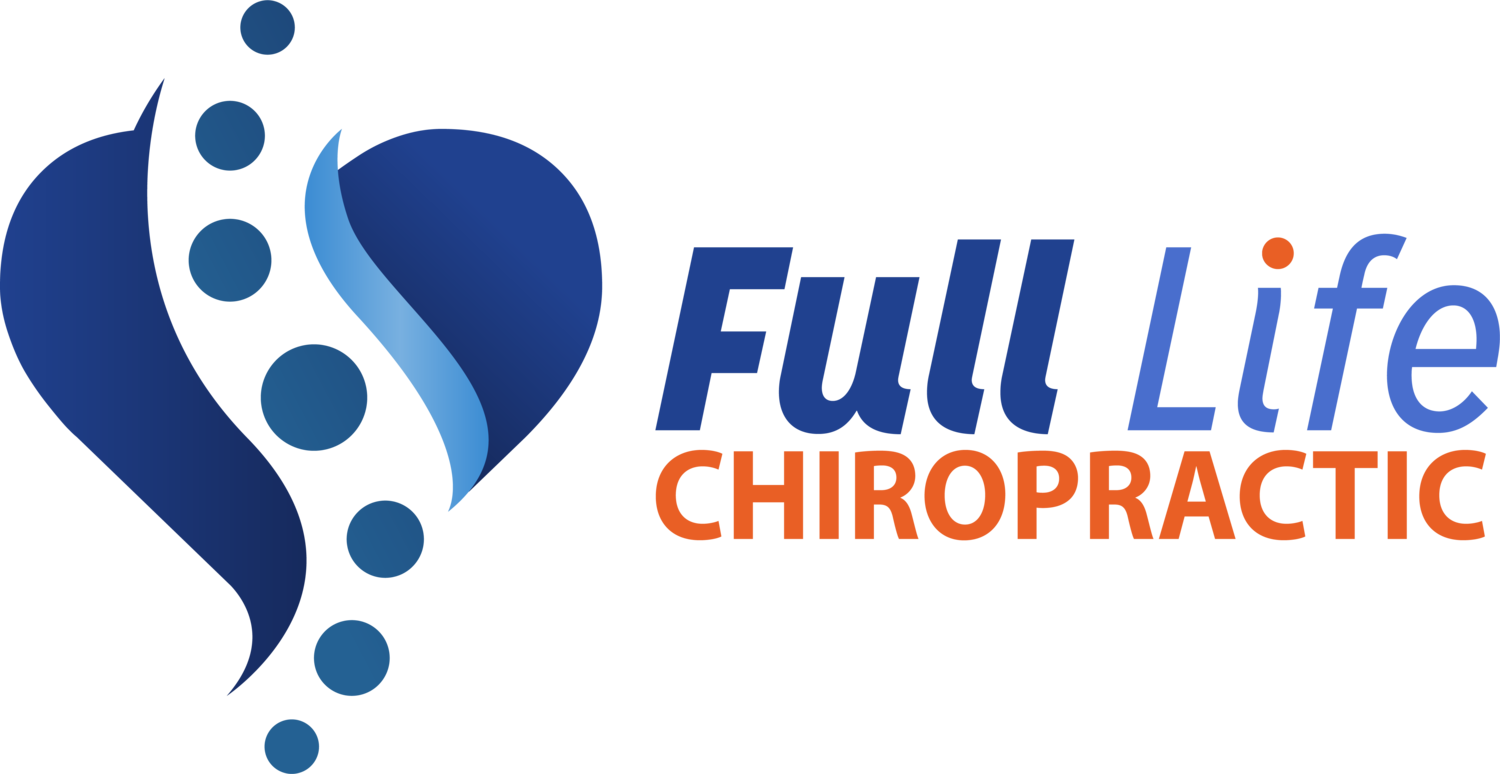TMJ (Temporomandibular Joint Disorders)
OBJECTIVE: To present a case demonstrating the concept of integrated dental-orthopedic and craniochiropractic care for treating structural disorders of the jaw, neck and spine.
CLINICAL FEATURES: A 33-yr-old woman sought orthodontic therapy for an overbite and severe crowding of the lower teeth. She reported a history of bilateral headaches and jaw popping. Orthodontic examination revealed degenerative changes in the right temporomandibular joint and restricted jaw opening. While in treatment, the patient began to experience severe temporomandibular joint pain and neck/lower back pain, which convinced her to accept chiropractic care. Initial chiropractic sacro-occipital technique (SOT) evaluation found Category II weight-bearing instability of the sacroiliac joint, specific thoracic and cervical vertebral subluxations, cranial sutural restrictions and temporomandibular dysfunction. Cervical X-rays revealed absence of the anterior cervical curve, characterized by parallel vertebral base lines.
INTERVENTION AND OUTCOME: In addition to orthodontic treatment, the patient also received semiweekly (then bimonthly) adjustments of the spine, neck and cranial sutures. The cotreatment approach eliminated pain while improving head, jaw and tooth position.
CONCLUSION: The position of the jaw and head and neck are intricately linked. The acute symptoms experienced during the initial dental treatment phase were caused by the inability of the head and neck to adapt to maxillary and mandibular changes. Chiropractic treatments enabled the body to respond positively to the dental changes. As the mandibular position improved, further improvements were indicated by physical testing and X-rays.
OBJECTIVE: To determine if there was a basis for the treatment of temporomandibular disease (TMD) using the chiropractic protocol developed by Activator Methods, International.
SETTING: Private, solo practice of an Activator advanced proficiency rated chiropractor with 15 years experience.
DESIGN: Prospective case series.
PARTICIPANTS: Nine adult volunteers with articular TMD recruited from the practice of the treating clinician.Main outcome measures Change from baseline to follow-up of Visual Analog Scale (VAS) for temporomandibular joint (TMJ) pain and maximum active mouth opening without pain.
INTERVENTIONS: Full spine and TMJ adjusting in accordance with the advanced protocol of Activator Methods, International. Participants were typically seen 3 times per week for 2 weeks and according to individual progress thereafter for 6 more weeks.
RESULTS: Eight participants completed outcome assessments. The median VAS decrease was 45 mm (range 21-71); all experienced improvement. The median increase of mouth opening was 9 mm (range 1-15); all showed improvement.
CONCLUSION: The results of this prospective case series indicated that the TMD symptoms of these participants improved following a course of treatment using the Activator Methods, International protocol. Consequently, further investigation of this type of chiropractic treatment for patients with the articular type of TMD is warranted.
OBJECTIVE: To describe the chiropractic care of a patient with cervical subluxation and complaints associated with temporomandibular disorder.
CLINICAL FEATURES: A 41-year-old woman had bilateral ear pain, tinnitus, vertigo, altered or decreased hearing acuity, and headaches. She had a history of ear infections, which had been treated with prescription antibiotics. Her complaints were attributed to a diagnosis of temporomandibular joint syndrome and had been treated unsuccessfully by a medical doctor and dentist.
INTERVENTION AND OUTCOME: High-velocity, low-amplitude adjustments (ie, Gonstead technique) were applied to findings of atlas subluxation. The patient’s symptoms improved and eventually resolved after 9 visits.
CONCLUSION: The chiropractic care of a patient with temporomandibular disorder, headaches, and subluxation is described. Clinical issues relevant to the care of patients with this disorder are also discussed.
http://icpa4kids.org/Chiropractic-Research/TMJ-Syndrome-Dental-Health/
